Metal Winner
March 27, 2015
Text by Julie Dugdale
Large scale or small, metaphorical or whimsical, Peter Diepenbrock’s steel, bronze, and copper sculptures bring industrial chic to private and public spaces.
Most people would call Peter Diepenbrock a metal sculptor. Indeed, the Jamestown, Rhode Island–based metalsmith is known for large-scale steel, bronze, and copper installations, both residential and public, as well as edgy wall pieces. But Diepenbrock will tell you that he works not so much in metal welding as in the “practice of spatial reasoning.”
It sounds abstract, and it is—but what he means becomes clear as you stroll through his home studio, where an entire wall comprises giant garage doors that allow bulky sculptures to move in and out. An air of orderly chaos surrounds a collection of welding machinery, drafting tables, ladders, shelves of materials, sketchpads, and scale models.
How do all these pieces come together into the arresting metal forms, ranging from deeply metaphorical to utterly whimsical, that accent yards, homes, and university campuses across New England? That, Diepenbrock says, is where the spatial reasoning comes in.
“You start with what’s appropriate for the site,” says the sculptor, who has an industrial-design background and is an adjunct professor at his alma mater, Rhode Island School of Design. “It’s what will look best and feel best for the buyer.”
This, he says, is determined by site conditions like color, scale, and environmental factors. If a homeowner wants a sculpture on the lawn, Diepenbrock visits the home to take in the angles of the yard, assess the view from the house, and even analyze the light as night falls. Practical factors like engineering and cost also come into play, not to mention the opinions of the client.
All these things, Diepenbrock says, amount to different “spheres” of reasoning that should be approached like separate jobs, but must come together in one final intersection, or piece of art.
Why metal as the medium? “The archival qualities,” Diepenbrock says. “The welding is almost instantaneous, but the sculptural form can last for hundreds of years. I like the idea of longevity.”
Before any welding sparks fly, however, the sculptor fills his workspace with sketches and 3-D models made from a pliable material called Struxfoam. Then, it’s straight algebra and hand-measuring to figure out scale and proportions for the real thing; blue tape indicating the dimensions of a recent piece marks Diepenbrock’s studio walls.
Designing and developing a large-scale piece can take up to five months, but Diepenbrock can produce wall art in as little as six to eight weeks. He gravitates toward a subtle chaos-to-order theme in these smaller compositions, which often take the form of undulating panels rich with texture and reflective hues.
Diepenbrock’s sculptures enjoy a following among New England homeowners. One Jamestown estate boasts two installations: a transparent bunny of bolted steel webbing adds a touch of whimsy to the porch, while a geometric steel composition, entitled Suspended Flurries, was transformed into a modern chandelier for a living room. A lawn in Little Compton, Rhode Island, showcases a giant Whale’s Tail sculpture, which gleams with the sculptor’s signature shingled-metal texture, and a larger-than-life Sitting Bear decorates the home garden of Brown University’s president (the bear is the university’s mascot).
New Englanders can see some of Diepenbrock’s public work at the Rhode Island State House in Providence, where his 9/11 memorial of bronze, granite, glass, and gold leaf resides; at the University of Rhode Island’s Lippitt Hall, where the largest example of the artist’s “shingle style” catches the eye; and at Temple Beth Elohim in Wellesley, Massachusetts, where a commissioned installation exhibits the artist’s knack for metaphorical interpretation of important and complex values. “Part of what I do is figure out how to mine the symbolism of a context and translate it,” he says. “On the surface, I’m a sculptor. But my method and process are so much more about how I get to the object. Trying to understand the metaphors and come up with a visual that hits the right notes is key.”
Metaphorical or not, Diepenbrock’s pieces bring a touch of the unexpected to a dwelling. “People need to have a lot more fun in their residences,” he says. While many of us adopt a more formal, conservative approach to our homes, he says, “sometimes you meet those people who seem to have broken all the rules. And they’re having fun.” •
Editor’s Note Diepenbrock’s work is carried at the Didi Suydam Gallery, Jamestown, R.I., (401) 575-1214, didisuydam.com. To see more of his work, visit peterdiepenbrock.com or his retail website, otiiko.com.
Click the video to view Diepenbrock at work.
Share
![NEH-Logo_Black[1] NEH-Logo_Black[1]](https://b2915716.smushcdn.com/2915716/wp-content/uploads/2022/08/NEH-Logo_Black1-300x162.jpg?lossy=1&strip=1&webp=1)











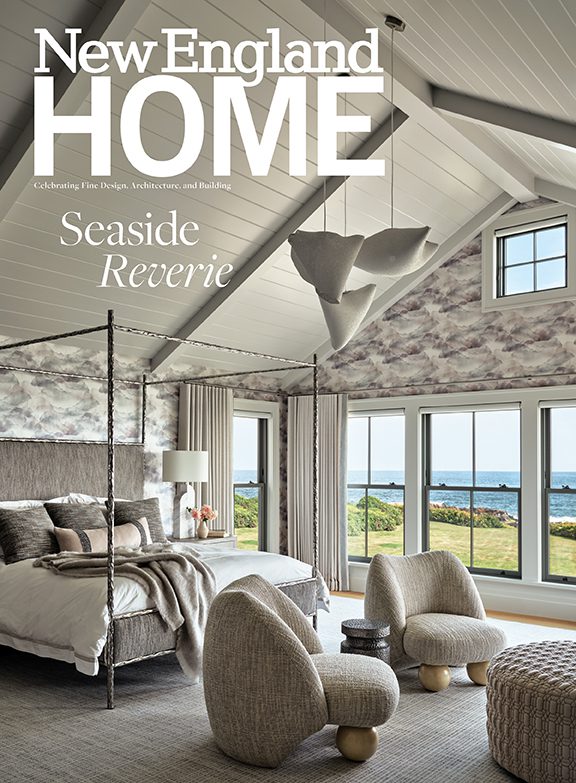

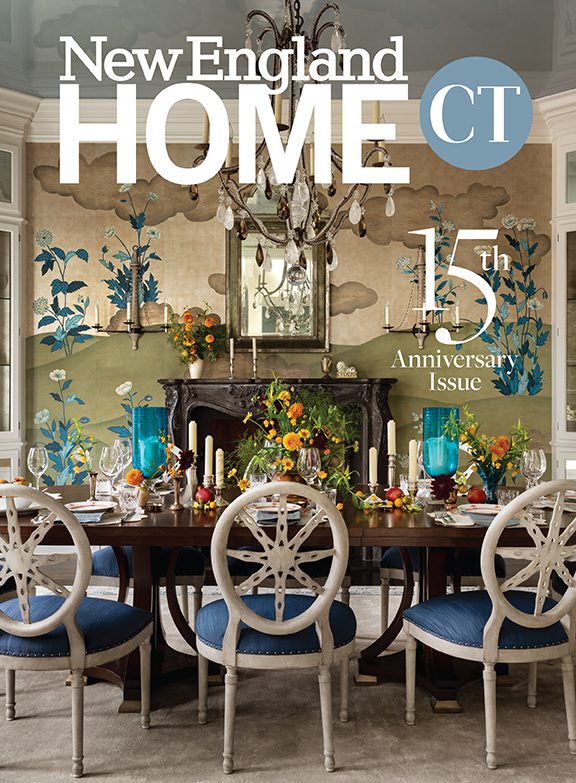
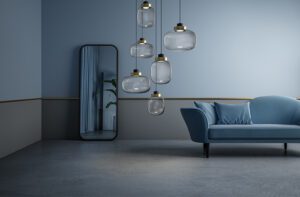
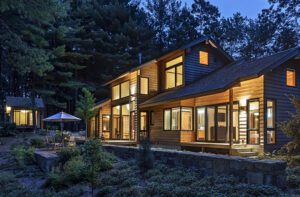
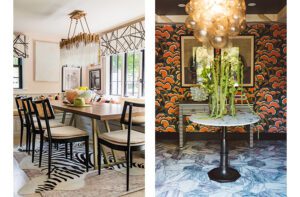
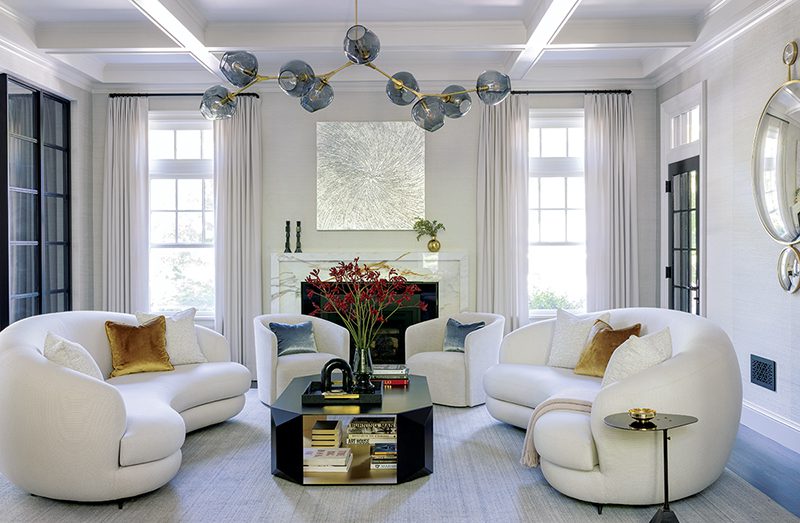
You must be logged in to post a comment.